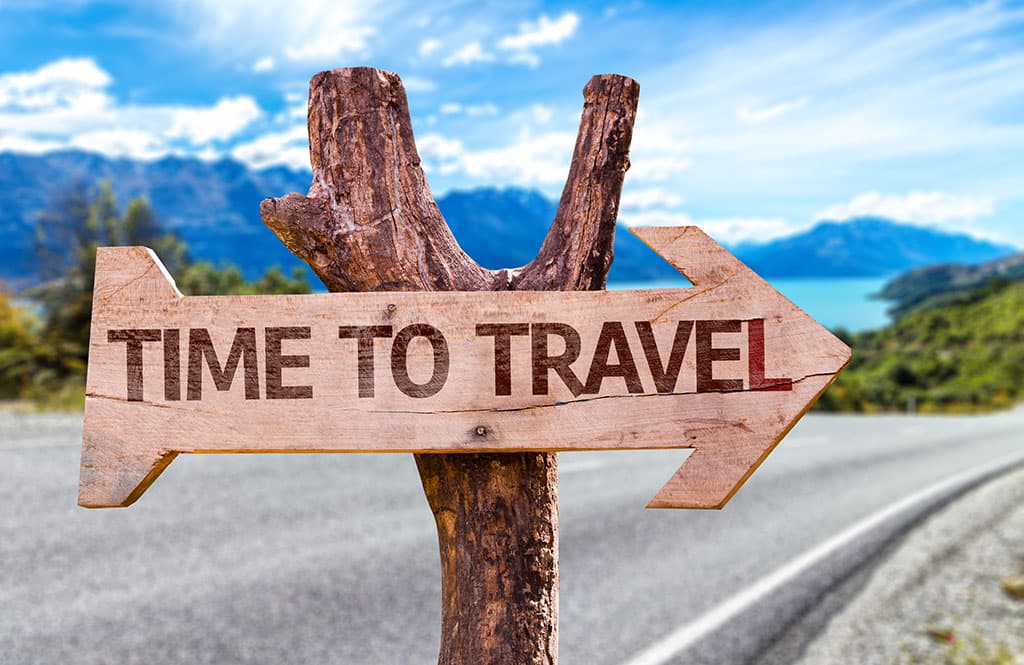Yugoslavia was a country with a rich and complex history that united various peoples and cultures in the Balkans throughout the 20th century. Founded after World War I as the Kingdom of Serbs, Croats, and Slovenes, it underwent many changes and transformations before dissolving in the early 1990s. Today, several independent states occupy the territory of the former Yugoslavia — Slovenia, Croatia, Serbia, Bosnia and Herzegovina, North Macedonia, Montenegro, and Kosovo. Each of these countries preserves traces of their shared history, and together they form a unique cultural and historical landscape attractive to travelers.
Nowadays, digital technologies, including online casinos and other forms of virtual entertainment, are gradually becoming an integral part of life for people in the Balkans. Visit the website Slovenskecasino(.)net, which features the best casinos and shows how they create new opportunities for communication and leisure, connecting peoples who once belonged to a single country in the virtual space.
Slovenia — The Gateway to the Balkans with a European Flair
Slovenia, located in the western part of the former Yugoslavia, combines European modernity with Balkan warmth. The country’s capital, Ljubljana, attracts visitors with its cozy old town, green parks, and lively atmosphere. Walking through narrow streets and across ancient bridges over the Ljubljanica River, one can feel the blend of cultures and eras characteristic of the region. Slovenia prides itself on its natural attractions—from the picturesque lakes Bled and Bohinj to the Julian Alps with their mountain trails.
Traveling through Slovenia, it is worth paying attention to the gastronomy and local traditions, which have absorbed influences from neighboring countries. Here, the spirit of Europe is fully felt, while still preserving the shades of the Yugoslav past.
Croatia — Adriatic Coastline with History and Sunshine
Further south lies Croatia with its incredible coastline dotted with thousands of islands. Dalmatia and Istria are regions where history meets natural beauty. In Dubrovnik, the pearl of the Adriatic, ancient walls surround a city that has preserved medieval architecture. A walk through the streets of the Old Town is a journey through centuries.
Croatia is a country with a vibrant tourist infrastructure, where modern resorts coexist harmoniously with historical monuments. Virtual entertainment and digital services, including popular online casinos, are actively developing, offering vacationers new opportunities to spend their leisure time anytime.
Serbia and Its Contrasts
Serbia, located at the very heart of the Balkans, is a center of cultural and historical life in the region. Belgrade is a city that never ceases to amaze with its energy, combining ancient traditions with a modern rhythm. Here, historical fortresses stand side by side with trendy cafes and clubs. Nightlife, including modern online platforms for gaming and betting, is gaining growing popularity.
Serbian cuisine, music, and folk traditions are preserved despite rapid technological development. Traveling through the country, one can feel the contrasts between the measured rural life and the dynamics of urban culture.
Bosnia and Herzegovina — A Bridge Between Past and Present
Bosnia and Herzegovina is a place where history is especially vividly felt in every stone. Sarajevo, the country’s capital, is known for its multiculturalism and tragic 20th-century history. Here, Islamic, Orthodox, Catholic, and Jewish cultures intertwine. The Old Bridge in Mostar—a symbol of peace and reconstruction after the war—attracts tourists from all over the world every year.
Despite a difficult past, today Bosnia is actively developing and increasingly integrating into the digital age. Online services, including online casinos, have become part of everyday life, offering alternative ways of entertainment and communication.
North Macedonia and Montenegro — Hidden Gems of the Balkans
North Macedonia is a country with an ancient history and rich cultural heritage. Lake Ohrid, recognized as a UNESCO World Heritage Site, offers travelers the chance to enjoy untouched nature and history rooted in ancient times. In Skopje, the capital, ancient monuments coexist with modern architectural solutions.
Montenegro, with its mountainous landscapes and crystal-clear bays, is one of the most picturesque corners of the Balkans. The Bay of Kotor—one of the most beautiful fjords in Europe—captivates with its tranquility and grandeur. Here, traditional Balkan culture meets modern tourist infrastructure.
Conclusion
A journey through the former Yugoslav republics is an opportunity to immerse oneself in a world where histories, cultures, and destinies of many peoples intertwine. Despite the political breakup, common roots and the spirit of the region continue to unite these countries. They offer a variety of experiences—from ancient cities and natural beauty to modern entertainment, including the digital sphere with online casinos, which have become part of the modern life of Balkan residents.
Visiting each of these countries, one can not only learn about the past but also feel how historical heritage and modernity live side by side, creating a unique atmosphere that attracts travelers from all over the world.
